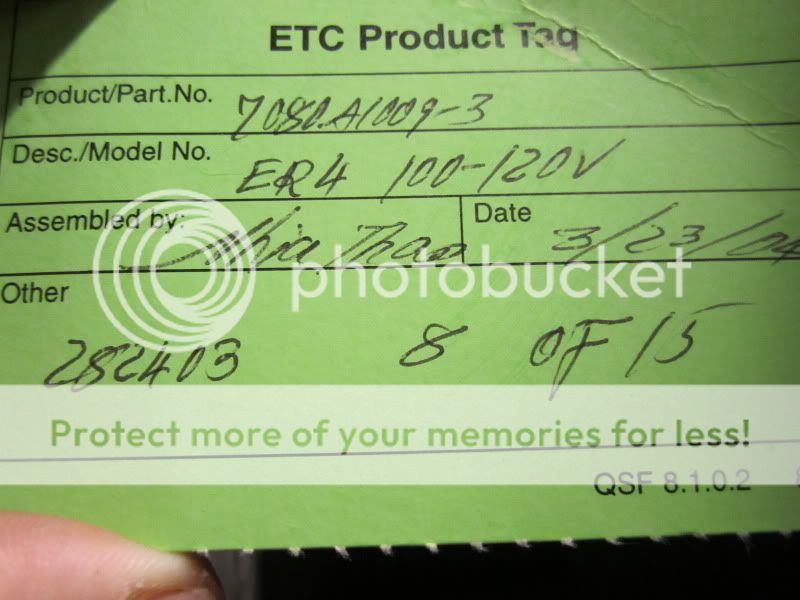So today was the first day I really had a change to access everything at my new theatre. Some of these things I know that I know and I'm just blanking because of all that is going on, some things I just have more learning to do on. With doing a syllabus for 3 classes, learning this theatre and the ropes of the new school, I'm just trying to keep up so I may be back here a few times updating this as I run into more stuff.
First up are the dimmers. I've got a full ETC Sensor Dimmer rack and it was open when I found it, am I right in remembering that the door should be kept closed because of how the ventilation works?

Also in the past I've had very little interaction from a management side with dimmers and racks and the like, so in this picture I wondered what the AFM means, but since they appeared to be empty spaces between dimmers I assume it is short for air flow manager? or something similar? Also does the D20 mean anything that I'll need to know? I didn't find any kind of book for the rack and as far as I can tell nobody has put together a tech packet so thats next on my list.

Part of my confusion with the AFM was that everything on the left was numbered, obviously only the actual dimmers have the breakers attached I suspect they are numbered as such because someone could lay out the rack insides in a different configuration?

last question for now was what is this?

I've got a few books for it, labeled ETC architectural, Unison CE station manual and one for installation.
Edit- I should have just looked at the book I guess, so this is the house light system. anything more to it that I'm missing?
Am I completely crazy on some of these thoughts or am I on track? I've been trying to wrap my head around so much stuff the past week that I swear it shoves out old knowledge. Next I have to try to set up these online gradebooks..
as always, thanks for the help. I'll certainly be back with more questions.
First up are the dimmers. I've got a full ETC Sensor Dimmer rack and it was open when I found it, am I right in remembering that the door should be kept closed because of how the ventilation works?
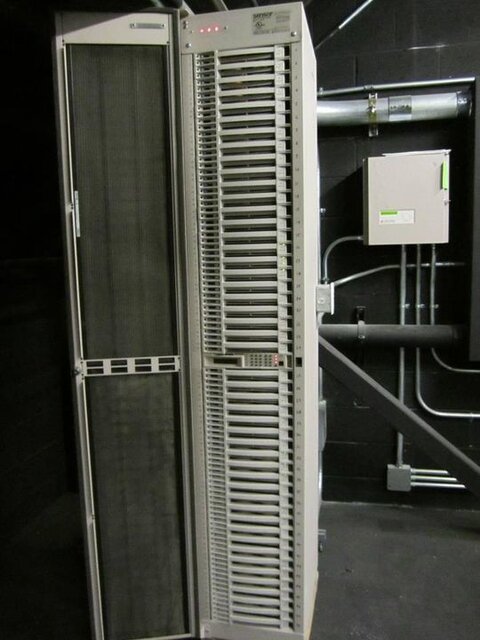
Also in the past I've had very little interaction from a management side with dimmers and racks and the like, so in this picture I wondered what the AFM means, but since they appeared to be empty spaces between dimmers I assume it is short for air flow manager? or something similar? Also does the D20 mean anything that I'll need to know? I didn't find any kind of book for the rack and as far as I can tell nobody has put together a tech packet so thats next on my list.
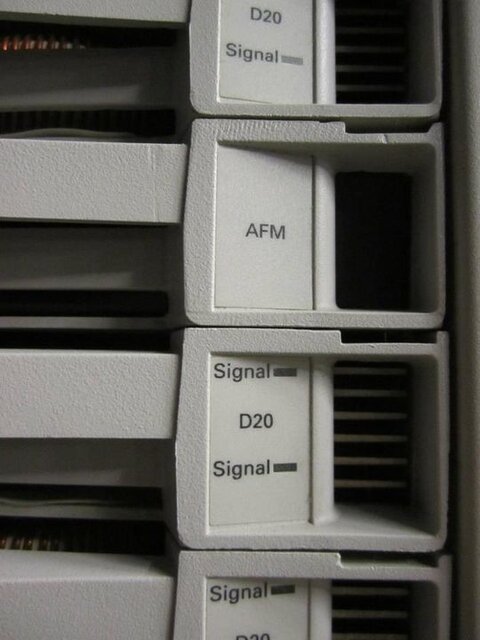
Part of my confusion with the AFM was that everything on the left was numbered, obviously only the actual dimmers have the breakers attached I suspect they are numbered as such because someone could lay out the rack insides in a different configuration?
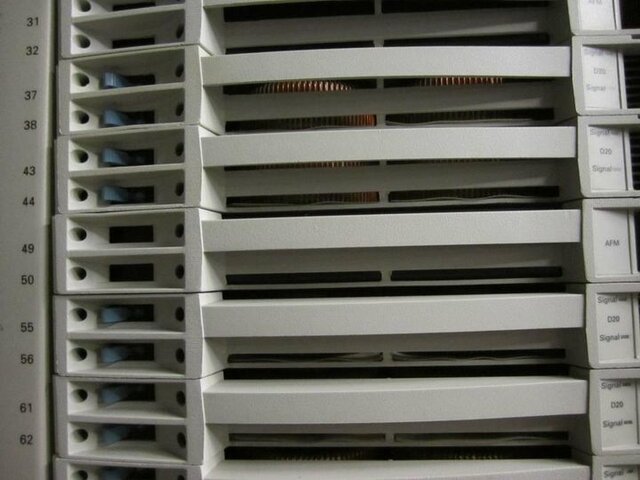
last question for now was what is this?
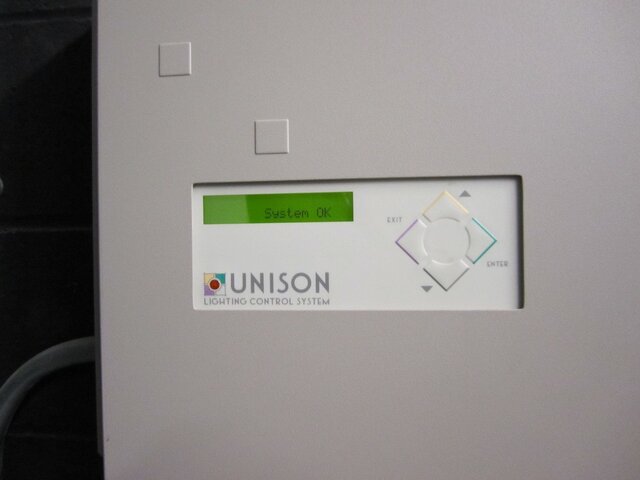
I've got a few books for it, labeled ETC architectural, Unison CE station manual and one for installation.
Edit- I should have just looked at the book I guess, so this is the house light system. anything more to it that I'm missing?
Am I completely crazy on some of these thoughts or am I on track? I've been trying to wrap my head around so much stuff the past week that I swear it shoves out old knowledge. Next I have to try to set up these online gradebooks..
as always, thanks for the help. I'll certainly be back with more questions.
Last edited:



